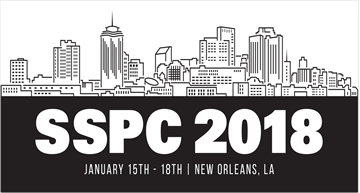Search
Products tagged with 'material properties'
View as
Sort by
Display
per page
51318-11600-Material selection and recent case histories with nickel alloys
Product Number:
51318-11600-SG
Publication Date:
2018
$20.00
Abrasive Selection Economics – Cost or Price?
Product Number:
51219-191-SG
Publication Date:
2019
$20.00
Basics of Corrosion in Reinforced Concrete
Product Number:
41215-897-SG
Publication Date:
2015
$20.00
Driving Higher Performance with Ultra-high Solids Epoxy Systems for Long-term Asset Protection
Product Number:
51218-162-SG
Publication Date:
2018
$20.00
Evaluating Corrosion under Protective Coatings for Steel in Marine Environments
Product Number:
51218-100-SG
Publication Date:
2018
$20.00
Hydrophobic Elastometric Coatings for Chemical Resistant Linings
Product Number:
51217-022-SG
Publication Date:
2017
$20.00
Secrets to Success - Examining the History and Chemistry Behind the Performance of Vinyl Resin Coatings
Product Number:
51216-013-SG
Publication Date:
2016
$20.00
Use of Pre-Construction Primers in Marine Construction
Product Number:
41215-876-SG
Publication Date:
2015
$20.00








